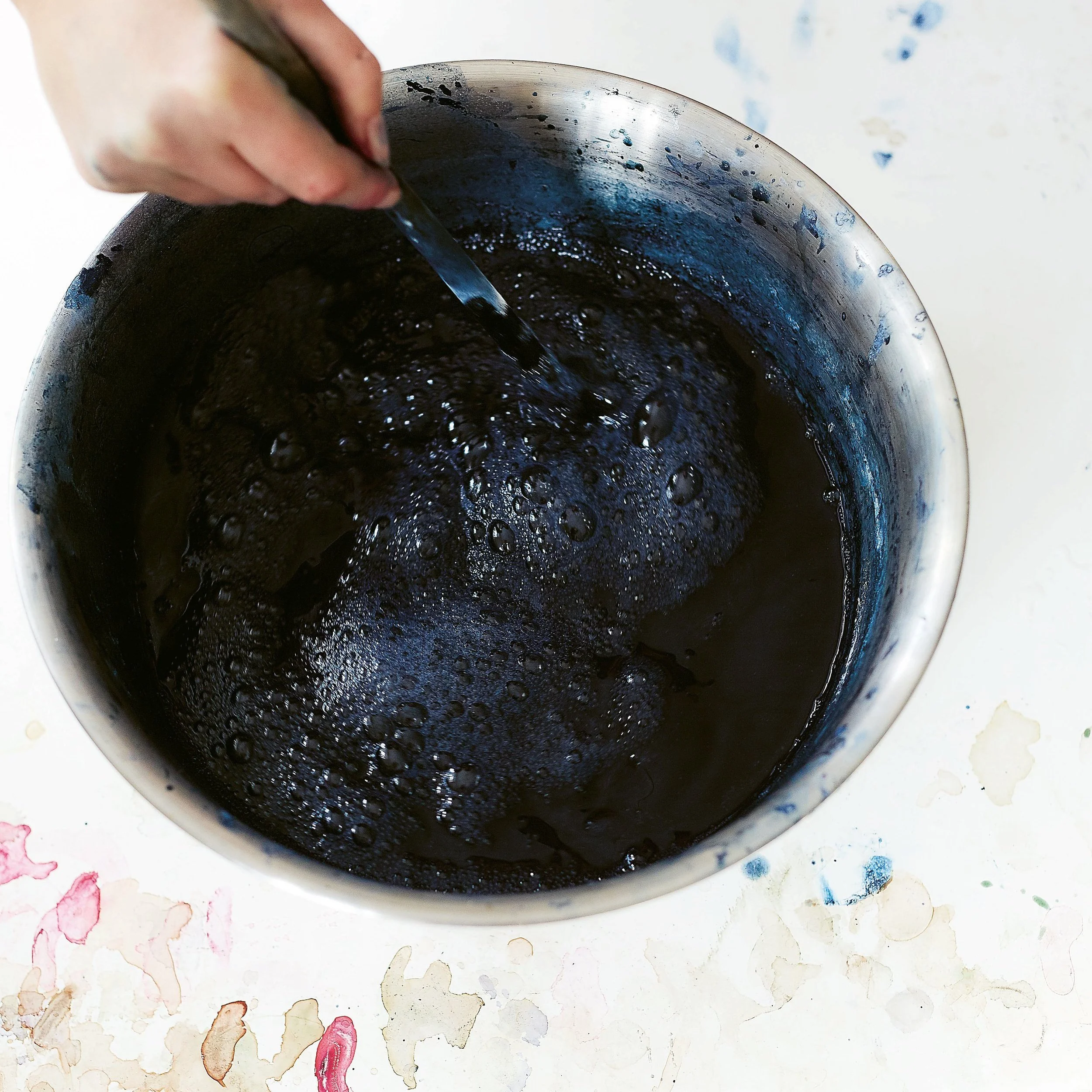Use the form on the right to contact us.
Old Market Manor, Barton Manor
Bristol, BS2 0RL
Artisan natural dye studio, using locally foraged and organically grown natural dyes, bio-regionally sourced cloth and paper and low impact traditional and contemporary printmaking techniques. Offering limited edition gifts, bespoke services and a range of workshops to help creatives transition to using non-toxic practices and connecting communities with Nature using creativity as a medium.
